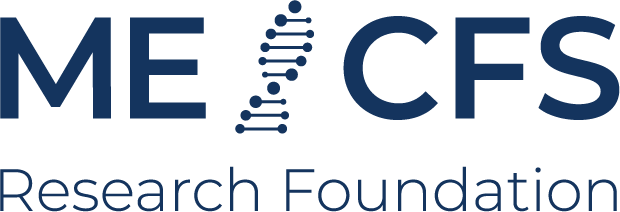Towards an understanding of physical activity-induced post-exertional malaise: Insights into microvascular alterations and immunometabolic interactions in post-COVID condition and myalgic encephalomyelitis/chronic fatigue syndrome
Abstract
BACKGROUND: A considerable number of patients who contracted SARS-CoV-2 are affected by persistent multi-systemic symptoms, referred to as Post-COVID Condition (PCC). Post-exertional malaise (PEM) has been recognized as one of the most frequent manifestations of PCC and is a diagnostic criterion of myalgic encephalomyelitis/chronic fatigue syndrome (ME/CFS). Yet, its underlying pathomechanisms remain poorly elucidated. PURPOSE AND METHODS: In this review, we describe current evidence indicating that key pathophysiological features of PCC and ME/CFS are involved in physical activity-induced PEM. RESULTS: Upon physical activity, affected patients exhibit a reduced systemic oxygen extraction and oxidative phosphorylation capacity. Accumulating evidence suggests that these are mediated by dysfunctions in mitochondrial capacities and microcirculation that are maintained by latent immune activation, conjointly impairing peripheral bioenergetics. Aggravating deficits in tissue perfusion and oxygen utilization during activities cause exertional intolerance that are frequently accompanied by tachycardia, dyspnea, early cessation of activity and elicit downstream metabolic effects. The accumulation of molecules such as lactate, reactive oxygen species or prostaglandins might trigger local and systemic immune activation. Subsequent intensification of bioenergetic inflexibilities, muscular ionic disturbances and modulation of central nervous system functions can lead to an exacerbation of existing pathologies and symptoms.
Authors (all)
Simon Haunhorst, Diana Dudziak, Carmen Scheibenbogen, Martina Seifert, Franziska Sotzny, Carsten Finke, Uta Behrends, Konrad Aden, Stefan Schreiber, Dirk Brockmann, Paul Burggraf, Wilhelm Bloch, Claudia Ellert, Anuradha Ramoji, Juergen Popp, Philipp Reuken, Martin Walter, Andreas Stallmach, Christian Puta
Linked author profiles see list below.
Research projects
This publication has no research projects linked or they are not public yet.
